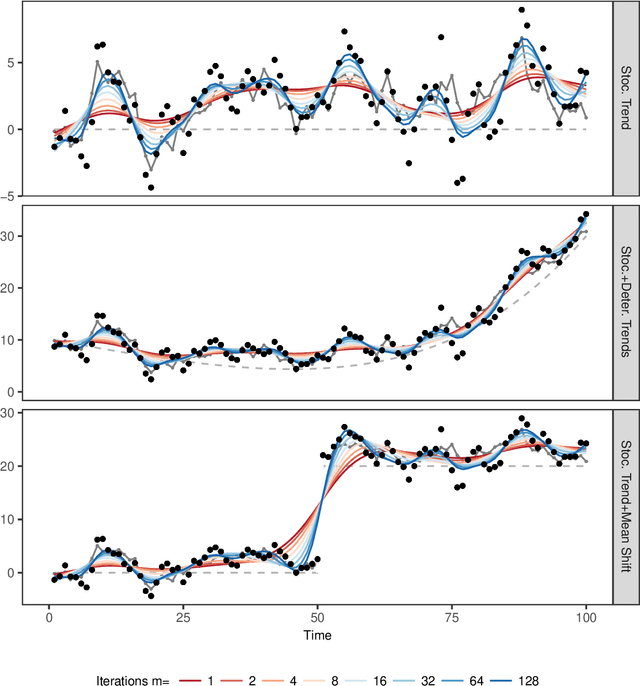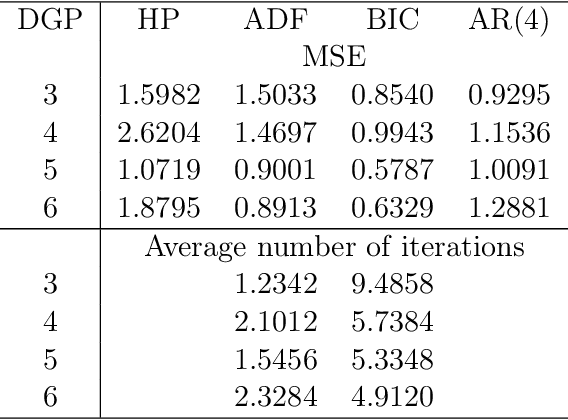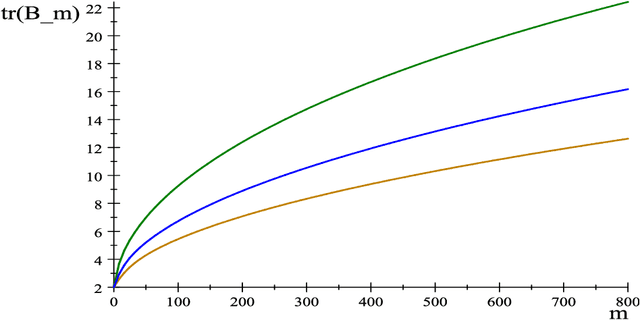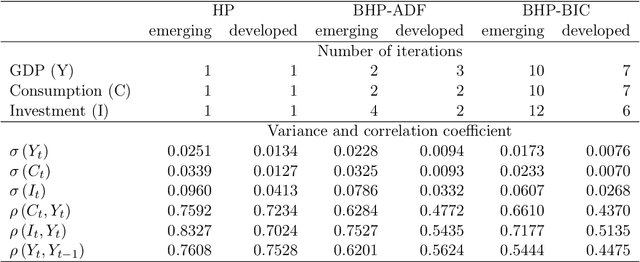Boosting the Hodrick-Prescott Filter
Paper and Code
May 01, 2019



The Hodrick-Prescott (HP) filter is one of the most widely used econometric methods in applied macroeconomic research. The technique is nonparametric and seeks to decompose a time series into a trend and a cyclical component unaided by economic theory or prior trend specification. Like all nonparametric methods, the HP filter depends critically on a tuning parameter that controls the degree of smoothing. Yet in contrast to modern nonparametric methods and applied work with these procedures, empirical practice with the HP filter almost universally relies on standard settings for the tuning parameter that have been suggested largely by experimentation with macroeconomic data and heuristic reasoning about the form of economic cycles and trends. As recent research has shown, standard settings may not be adequate in removing trends, particularly stochastic trends, in economic data. This paper proposes an easy-to-implement practical procedure of iterating the HP smoother that is intended to make the filter a smarter smoothing device for trend estimation and trend elimination. We call this iterated HP technique the boosted HP filter in view of its connection to L2-boosting in machine learning. The paper develops limit theory to show that the boosted HP filter asymptotically recovers trend mechanisms that involve unit root processes, deterministic polynomial drifts, and polynomial drifts with structural breaks -- the most common trends that appear in macroeconomic data and current modeling methodology. A stopping criterion is used to automate the iterative HP algorithm, making it a data-determined method that is ready for modern data-rich environments in economic research. The methodology is illustrated using three real data examples that highlight the differences between simple HP filtering, the data-determined boosted filter, and an alternative autoregressive approach.
 Add to Chrome
Add to Chrome Add to Firefox
Add to Firefox Add to Edge
Add to Edge